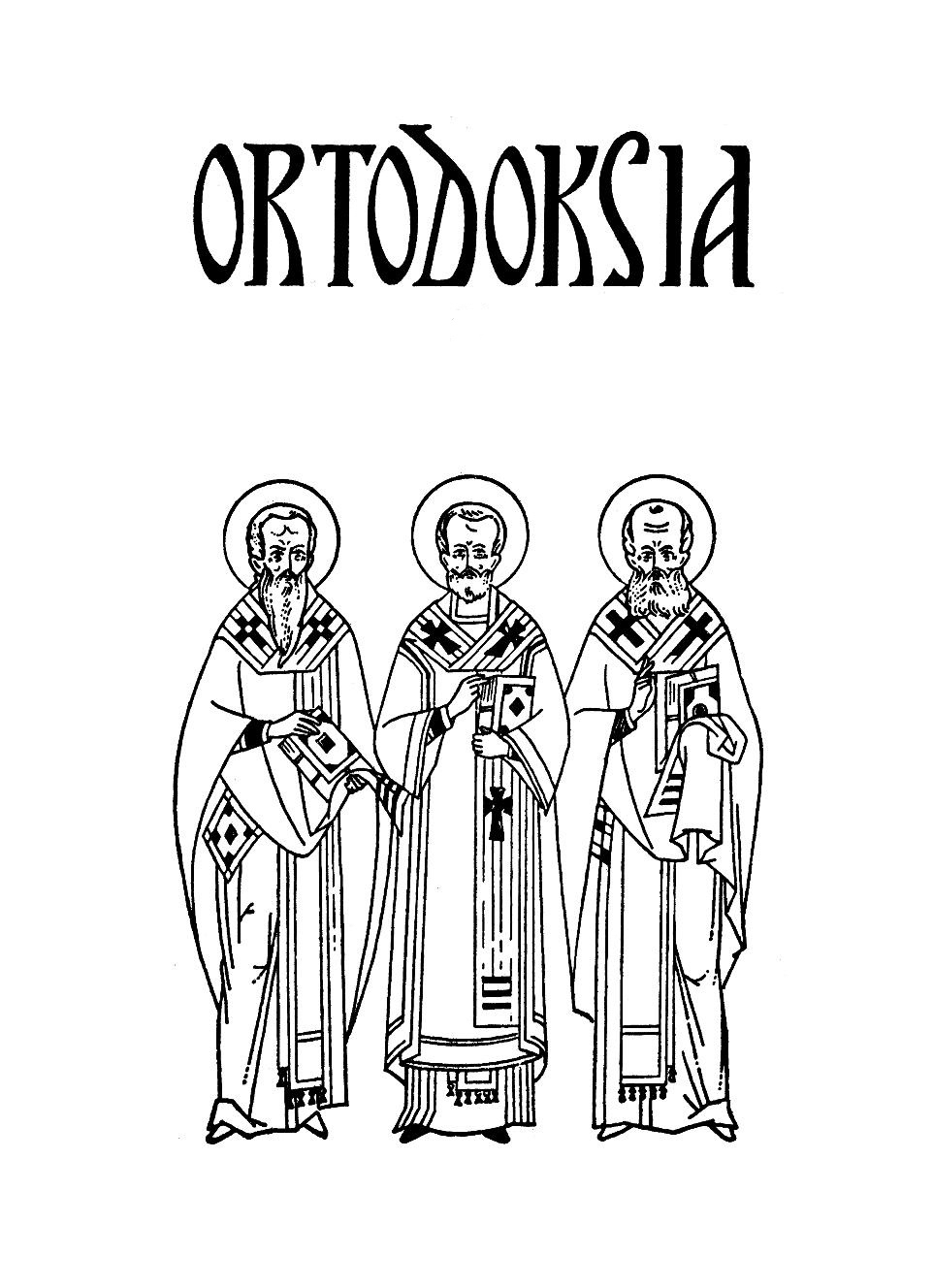Kirkkolaulutekstien kielet ja käännökset kirkkolaulun sovittamisen haasteina
Znamennilaulun sovittajien kokemuksia
Abstrakti
Languages and translations are always strongly present in the work of an adapter of Orthodox church music from one language to another. This study examines what kinds of challenges languages and translations create in adaptation work as experienced by interviewed adapters of Znamenny chant to different languages. The sixteen interviewees, who had made adaptations in four languages, used very differing adaptation methods but were relatively unanimous with regard to questions of language. They considered as crucial the characteristics of the target language of the adaptation, and the fluency and idiomaticity of the musical rendering of the text to be an important criterion for a good adaptation. The greatest challenges in adapting Znamenny chant were caused by linguistic differences between the source language and the target language. The most common ones were: different lengths of phrases, different word orders in phrases or orders of phrases in hymns, and different stress patterns of phrases. Sometimes the adapters felt that these differences were unnecessarily caused by the translation of the text. Most adapters could not make changes to the translations of hymnography they were using. Those adapting texts to English had more freedom in choosing the translation or modifying it to their needs than others had. Many interviewees agreed that in addition to being accurate, idiomatic and beautiful, translations of liturgical texts meant for singing should meet musical criteria such as being singable and understandable when sung. Some adapters felt that the connection between text and music is so close in Znamenny chant that much is lost when it is adapted to other languages. Others were more optimistic regarding the expressive ability of Znamenny chant in different languages. Regardless of the method of adaptation, hymns representing a certain chant tradition may sound different in different languages. This may give rise to different linguistic styles within the same chant tradition.



